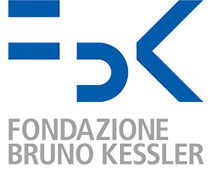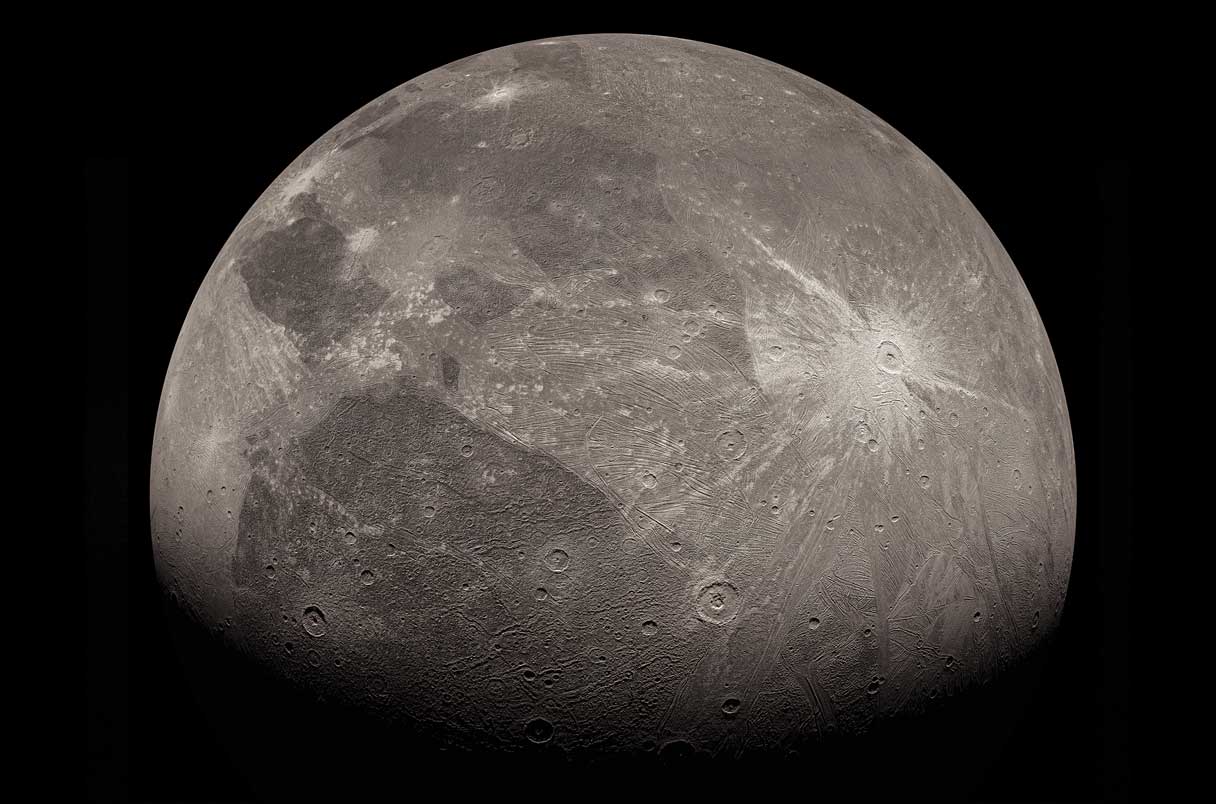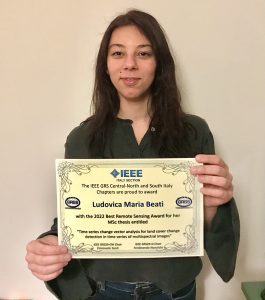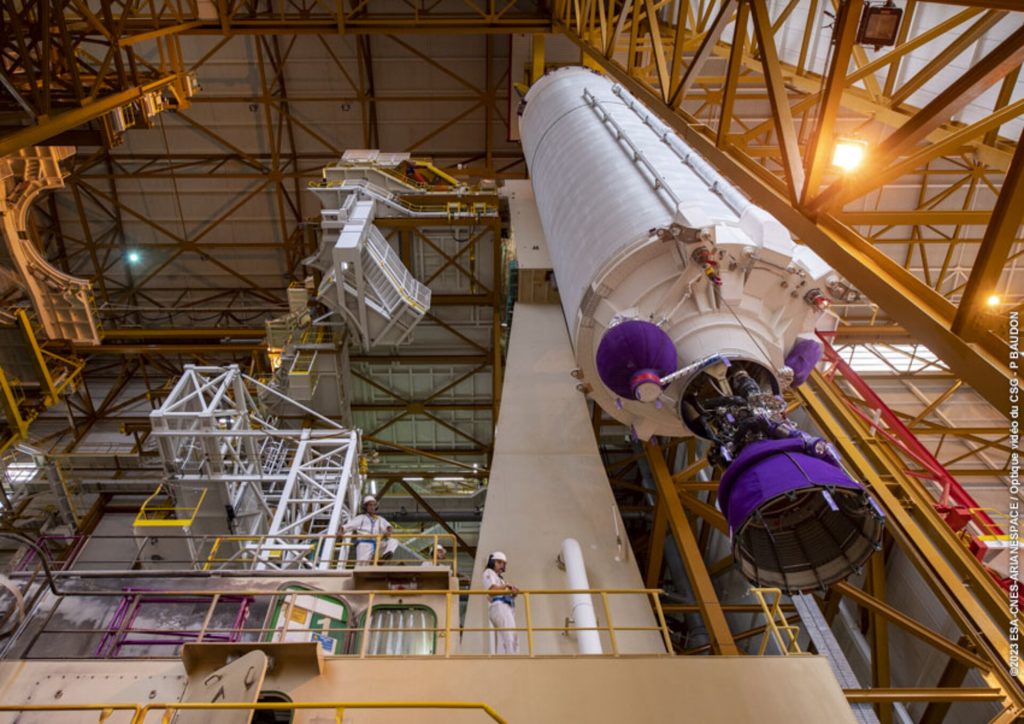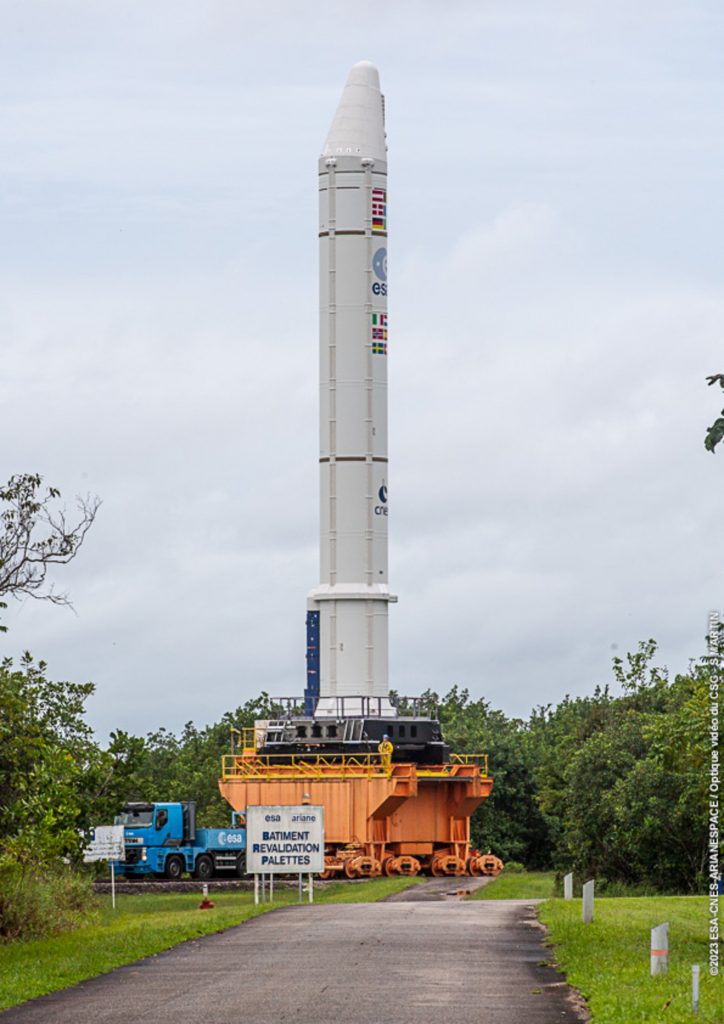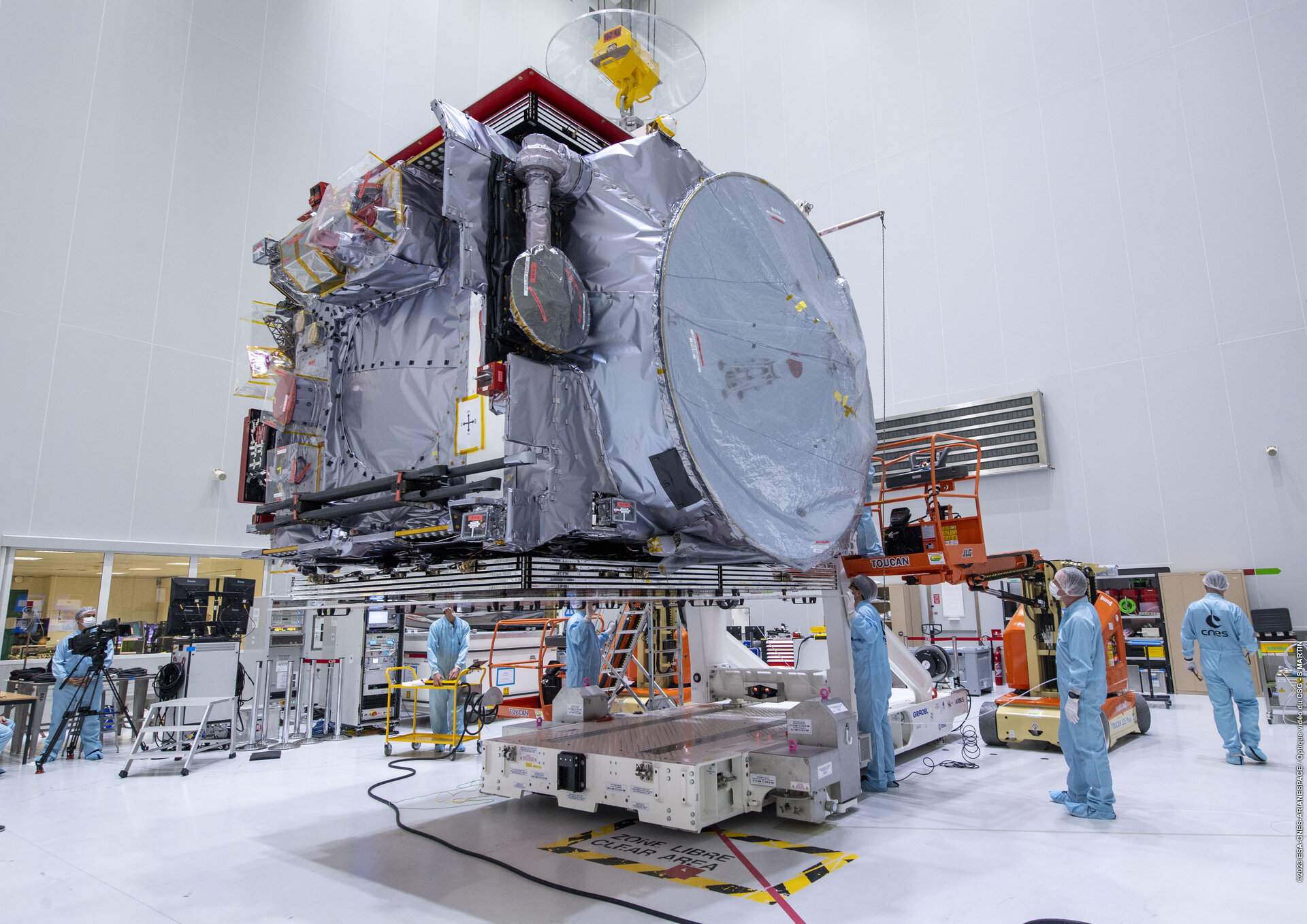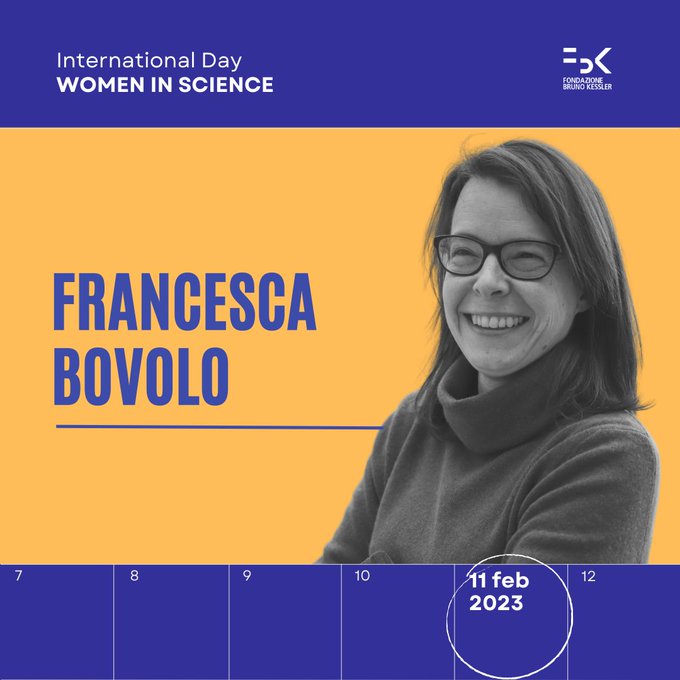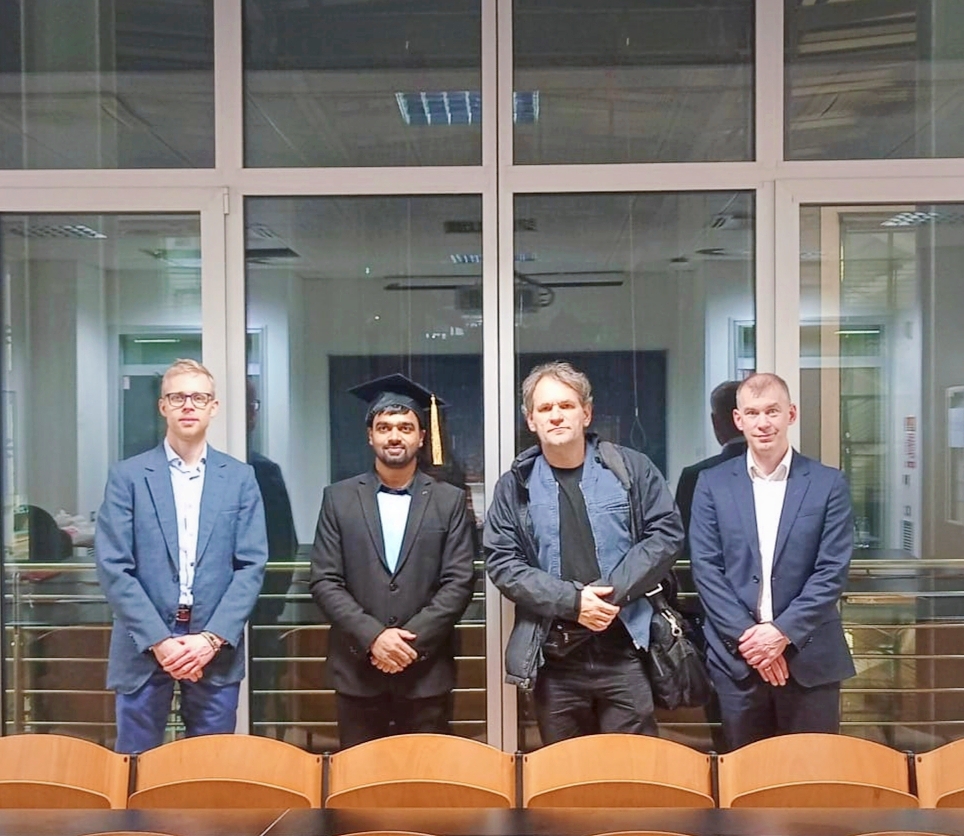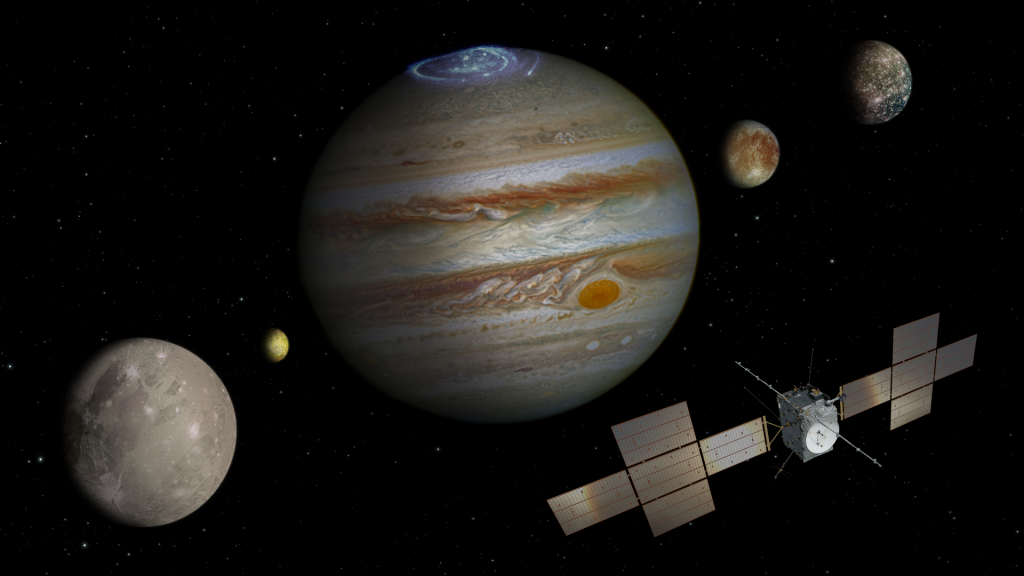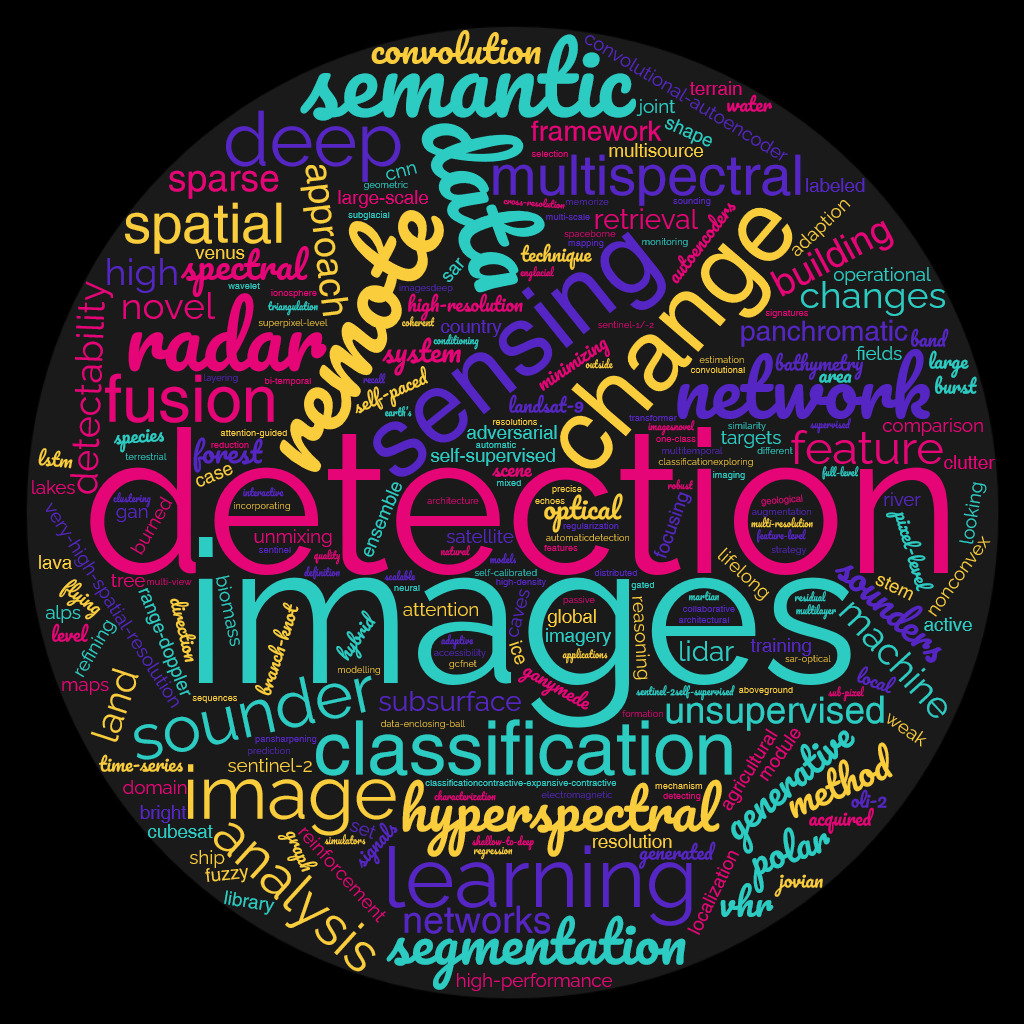A Science Magazine article looks at ESA’s JUICE mission and RIME, the ice-penetrating radar studied and developed under the leadership ofthe RSLab. JUICE will reach Jupiter in more than 7 years and spend 3 years exploring the icy moons. During these 3 years, RIME will investigate the icy shells of the Galilean moons, looking for the presence of possible pockets of water in the first 9 km under the icy crust.
See below for the article.
